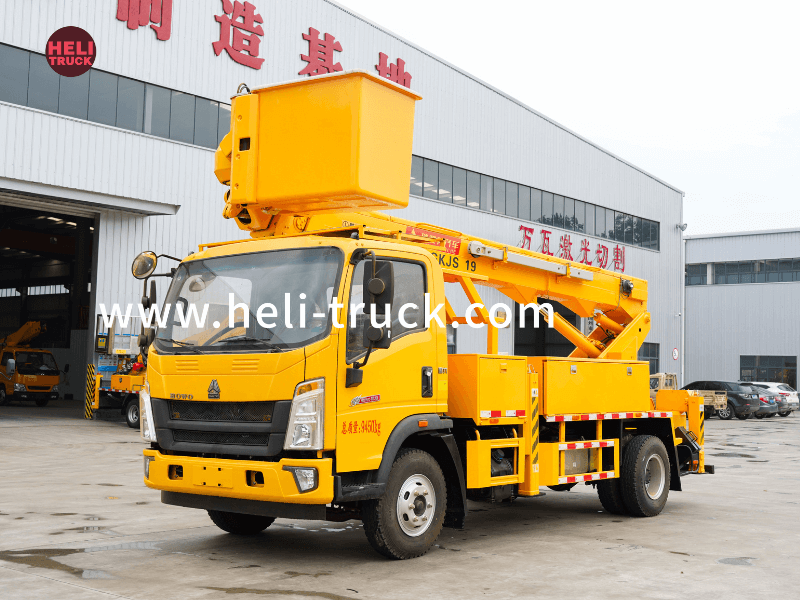Introduction
Urban search and rescue (USAR) operations are critical in saving lives and mitigating damage during emergencies such as natural disasters, building collapses, and other incidents that trap individuals in hazardous environments. Fire trucks play a vital role in USAR efforts, providing the necessary equipment and personnel to swiftly and effectively respond to these emergencies. In this article, we will explore the various technologies and capabilities that modern fire trucks utilize to enhance USAR operations, highlighting their importance in saving lives and improving overall response efficiency.
History of Urban Search and Rescue
Urban search and rescue has a long history dating back to ancient times when communities would come together to rescue individuals trapped in collapsed buildings or other disasters. However, it wasn't until the 20th century that formalized USAR teams and techniques began to emerge. The 1985 Mexico City earthquake and the 1989 Loma Prieta earthquake in California were pivotal events that highlighted the need for specialized teams and equipment to conduct effective search and rescue operations in urban environments.
In work truck for sale that followed, advancements in technology and training have significantly improved the capabilities of USAR teams. Fire trucks have become a central component of these teams, providing the mobility, equipment, and resources needed to navigate through complex urban environments and reach individuals in distress.
Key Technologies in Fire Truck USAR Operations
Modern fire trucks are equipped with a wide range of technologies that enhance their effectiveness in USAR operations. These technologies not only improve the safety of firefighters and rescue workers but also increase the chances of successfully locating and extricating individuals trapped in hazardous situations. Some of the key technologies found in fire trucks for USAR operations include:

1. Hydraulic Rescue Tools: Also known as the "Jaws of Life," hydraulic rescue tools are essential for cutting through metal, concrete, and other materials to access trapped individuals. These tools can be mounted on fire trucks and operated by specialized personnel to create openings in collapsed structures and vehicles.
2. Thermal Imaging Cameras: Thermal imaging cameras help firefighters detect heat signatures and locate individuals in low-visibility environments such as smoke-filled buildings or dark spaces. These cameras can be mounted on fire trucks and provide real-time feedback to rescue teams, allowing them to navigate through hazardous conditions more effectively.
3. Portable Communication Systems: Communication is crucial in USAR operations to coordinate rescue efforts and ensure the safety of all personnel involved. Fire trucks are equipped with portable communication systems that enable seamless communication between team members, incident commanders, and other emergency responders on-site.
4. Heavy Lifting Equipment: In USAR operations, there is often a need to lift heavy debris or structures to reach trapped individuals. Fire trucks are equipped with heavy lifting equipment such as winches, cranes, and pulleys to assist in these tasks and facilitate the safe extrication of victims.
5. Gas Detection Sensors: Hazardous gases and fumes are common in disaster scenarios, posing a threat to both rescue workers and victims. Fire trucks are equipped with gas detection sensors that can detect the presence of harmful gases in the environment, allowing teams to take necessary precautions and protect themselves during rescue operations.
6. Rescue Drones: In recent years, the use of drones in USAR operations has become increasingly popular due to their ability to provide aerial reconnaissance, gather real-time data, and locate individuals in hard-to-reach areas. Fire trucks may be equipped with rescue drones that can be deployed quickly to assess the situation and guide rescue teams to the location of trapped individuals.
7. Advanced Lighting Systems: Effective lighting is essential in USAR operations, especially during nighttime or low-light conditions. Fire trucks are equipped with advanced lighting systems, including floodlights, spotlights, and LED light bars, to illuminate the rescue site and provide visibility for rescue teams as they work to locate and extricate victims.
Challenges and Opportunities in Fire Truck USAR Operations
While modern fire trucks are equipped with advanced technologies to enhance USAR operations, there are still challenges that rescue teams face in responding to complex emergencies. Limited access to certain areas, structural instability of buildings, unpredictable environmental conditions, and communication barriers are just a few of the challenges that can complicate rescue efforts.
However, these challenges also present opportunities for innovation and improvement in fire truck USAR operations. Advancements in robotics, artificial intelligence, autonomous vehicles, and other emerging technologies hold great potential for enhancing the capabilities of fire trucks and USAR teams. By leveraging these technologies, fire departments can better prepare for and respond to a wide range of emergency scenarios, ultimately saving more lives and reducing the impact of disasters on communities.
Conclusion
Fire trucks play a crucial role in urban search and rescue operations, providing the necessary tools, equipment, and personnel to respond to emergencies and save lives. By leveraging advanced technologies and adopting innovative approaches, fire departments can enhance the capabilities of their fire trucks and improve overall response efficiency in USAR operations. As the field of emergency response continues to evolve, fire trucks will remain at the forefront of urban search and rescue efforts, ensuring the safety and well-being of individuals in times of crisis.
